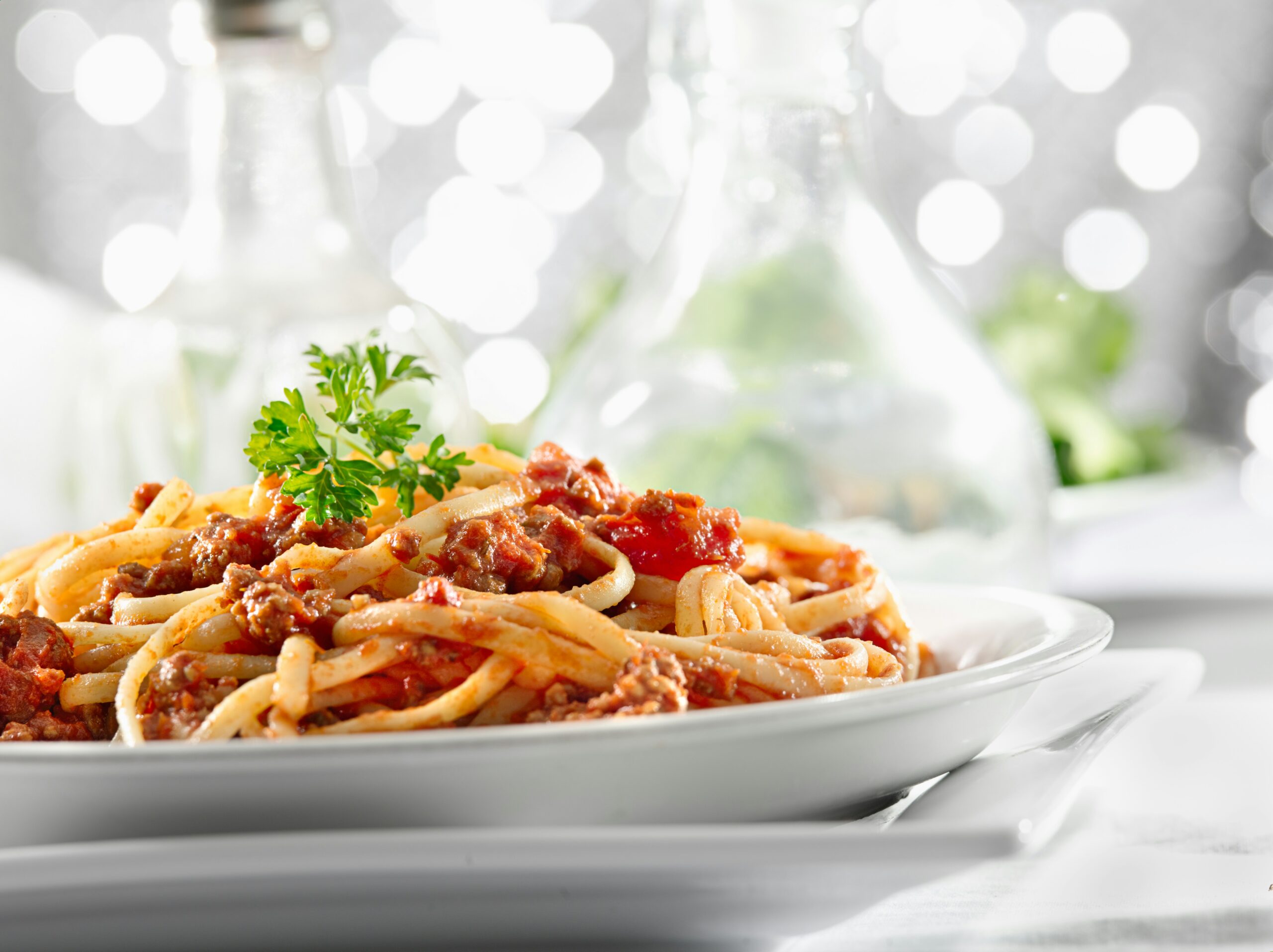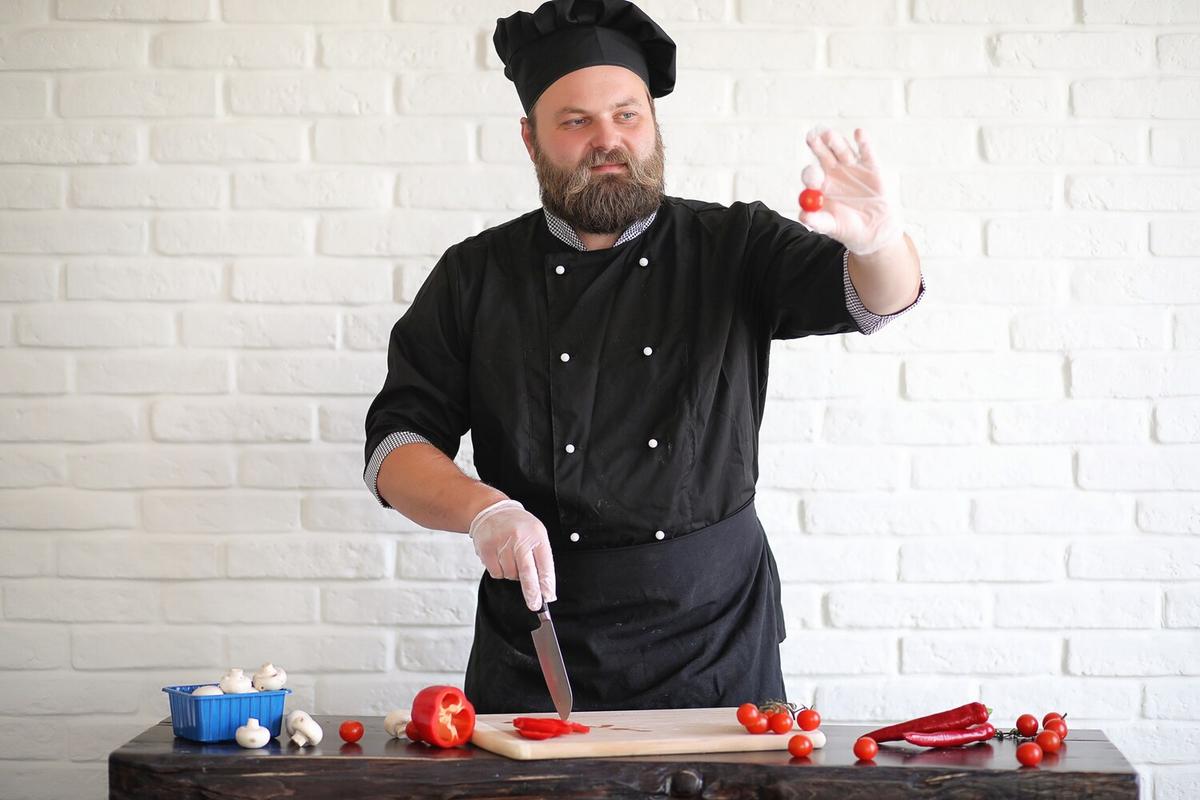
Traditional Italian Pasta Recipes You Can Make at Home
Exploring the world of traditional Italian pasta recipes is like taking a culinary journey through Italy’s rich history and diverse regions. From the creamy carbonara of Rome to the pesto-infused dishes of Liguria, each recipe tells a story and offers a taste of authentic Italian culture.
Italian pasta is renowned for its simplicity and flavor, often relying on fresh, high-quality ingredients to create dishes that are both satisfying and memorable. In this blog post, we’ll delve into the art of making traditional Italian pasta recipes at home, offering insights, tips, and a few personal experiences to guide you on this delicious adventure.
Understanding the Core of Italian Pasta
Pasta is a staple in Italian cuisine, with over 350 different types of pasta available. Each region in Italy has its own specialties, often influenced by local ingredients and traditions. For instance, while Northern Italy might favor butter and cream-based sauces, Southern Italy often leans towards olive oil and tomato-based dishes.
Expert Insights
According to culinary experts, the key to mastering Italian pasta lies in understanding the balance of flavors and textures. Renowned chef Massimo Bottura emphasizes the importance of quality ingredients, stating that ‘using the finest pasta and fresh produce can transform a simple dish into something extraordinary.’
Popular Traditional Italian Pasta Dishes
- Spaghetti Carbonara: Originating from Rome, this dish combines eggs, cheese, pancetta, and pepper for a creamy, savory delight.
- Pesto alla Genovese: A classic from Liguria, made with fresh basil, pine nuts, garlic, Parmesan cheese, and olive oil.
- Tagliatelle al Ragù: Known as Bolognese outside of Italy, this meat-based sauce is a staple in Emilia-Romagna.
- Pasta alla Norma: Hailing from Sicily, it features eggplant, tomatoes, basil, and ricotta salata.
Actionable Tips for Perfect Pasta
To create the perfect pasta dish, consider these tips:
- Always cook pasta in a large pot with plenty of salted water to allow even cooking.
- Reserve some pasta water to help bind the sauce with the pasta.
- Use fresh ingredients whenever possible for the best flavor.
- Don’t overcook your pasta; aim for al dente texture.
For an authentic touch, try making your own pasta from scratch. It might take some practice, but the results are worth it!
Comparison Table of Pasta Types and Sauces
| Pasta Type | Region | Common Sauce |
|---|---|---|
| Spaghetti | Lazio | Carbonara |
| Fettuccine | Rome | Alfredo |
| Tagliatelle | Emilia-Romagna | Ragù |
| Penne | Campania | Arrabbiata |
| Linguine | Liguria | Pesto |
| Orecchiette | Puglia | Cime di Rapa |
| Maccheroni | Sicily | Norma |
| Rigatoni | Rome | Amatriciana |
Frequently Asked Questions
What is the secret to making pasta like an Italian?
The secret is in the simplicity and quality of ingredients. Use high-quality pasta, fresh produce, and don’t overcomplicate the sauce.
Can I use dried herbs instead of fresh ones in Italian pasta?
While fresh herbs provide the best flavor, dried herbs can be used in a pinch. Just remember to adjust the quantity as dried herbs are more concentrated.
How can I make gluten-free pasta dishes?
There are many gluten-free pasta options available. Pair them with naturally gluten-free sauces and ingredients.
In conclusion, making traditional Italian pasta at home is a rewarding experience that not only satisfies the taste buds but also connects you with the rich heritage of Italian culinary arts. Whether you choose to try your hand at a classic carbonara or explore the vibrant flavors of pesto, each dish is a celebration of simplicity and taste. So, gather your ingredients, roll up your sleeves, and embark on your own Italian culinary adventure today!


